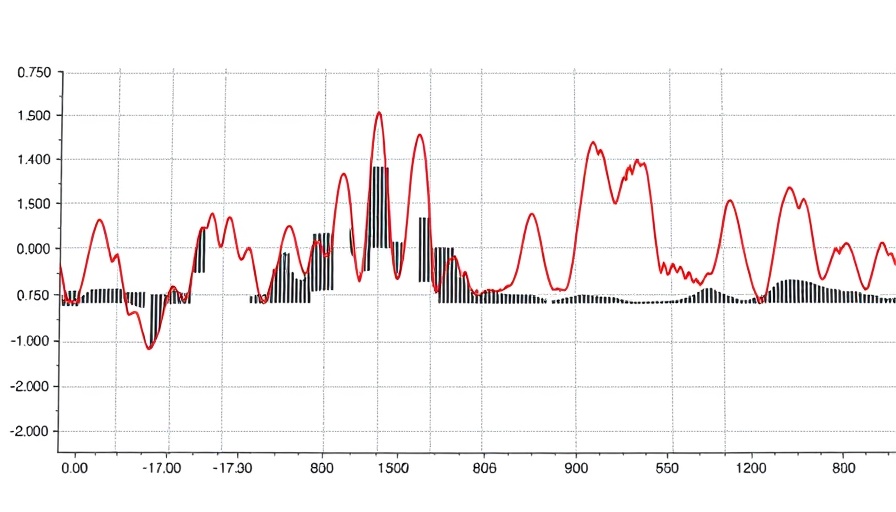
Exploring the Secrets of Binary System V455 Car
Recent observations of V455 Car, an eclipsing binary star system, have led astronomers to propose the presence of a potential third companion star. Utilizing data from NASA’s Transiting Exoplanet Survey Satellite (TESS), researchers have observed intriguing characteristics of this Algol-type binary, known for its unique mass transfer dynamics.
Understanding Algol-Type Binaries
Algol-type binaries consist of two stars, with one transferring mass to the other due to gravitational pull and proximity. In the case of V455 Car, the system displays an orbital period of about 5.133 days. The primary star is estimated to be 5.3 solar masses, showcasing a brightness that reaches approximately 659 times that of our sun. The secondary star is slightly less massive, weighing in at 1.58 solar masses.
The Role of the Third Companion
A remarkable finding from the recent observational campaign is the evidence for a periodic variation of approximately 26.62 years in the system, suggesting the gravitational influence of a third body. Calculations indicate that this assumed companion star would have a minimum mass of around 0.59 solar masses. Such discoveries can fundamentally alter our understanding of stellar evolution and companionship in binary systems.
V455 Car - A Pulsating Enigma
What adds to the intrigue of V455 Car is the pulsating characteristic of the primary star, theorized to be a slowly pulsating B star (SPB). Though the pulsation mechanisms remain unclear, the star exhibits variability that adds complexity to its study. Understanding these pulsations can provide insights into the lifecycle of stars and the dynamics of binary interactions.
Complementary Observations
The study, carried out by a team led by Zhao-Long Deng of the Yunnan Observatories in China, employed various observational techniques, including data from the European Space Agency’s Gaia satellite. This multilayered approach enriches the research, allowing a more comprehensive view of the V455 Car system and solidifying its position as a significant subject of study in stellar astrophysics.
Conclusion: A Window into Stellar Interaction
The discoveries surrounding V455 Car not only highlight the intricate dance of stars within a binary system but also showcase the continued potential for new findings in the field of astronomy. As researchers delve deeper into these systems, we may uncover even more about the universe's complexities.
 Add Row
Add Row  Add
Add 




Write A Comment